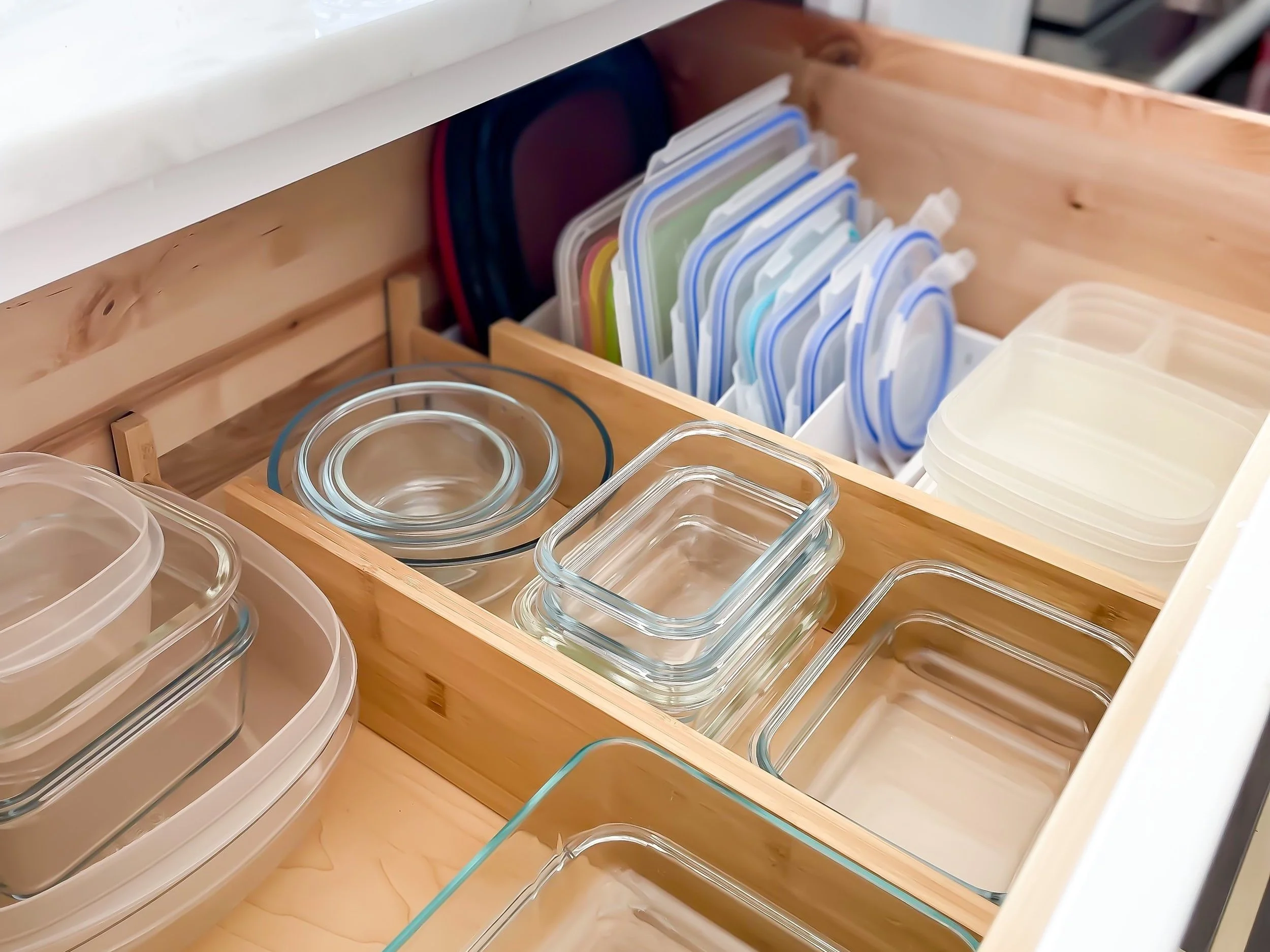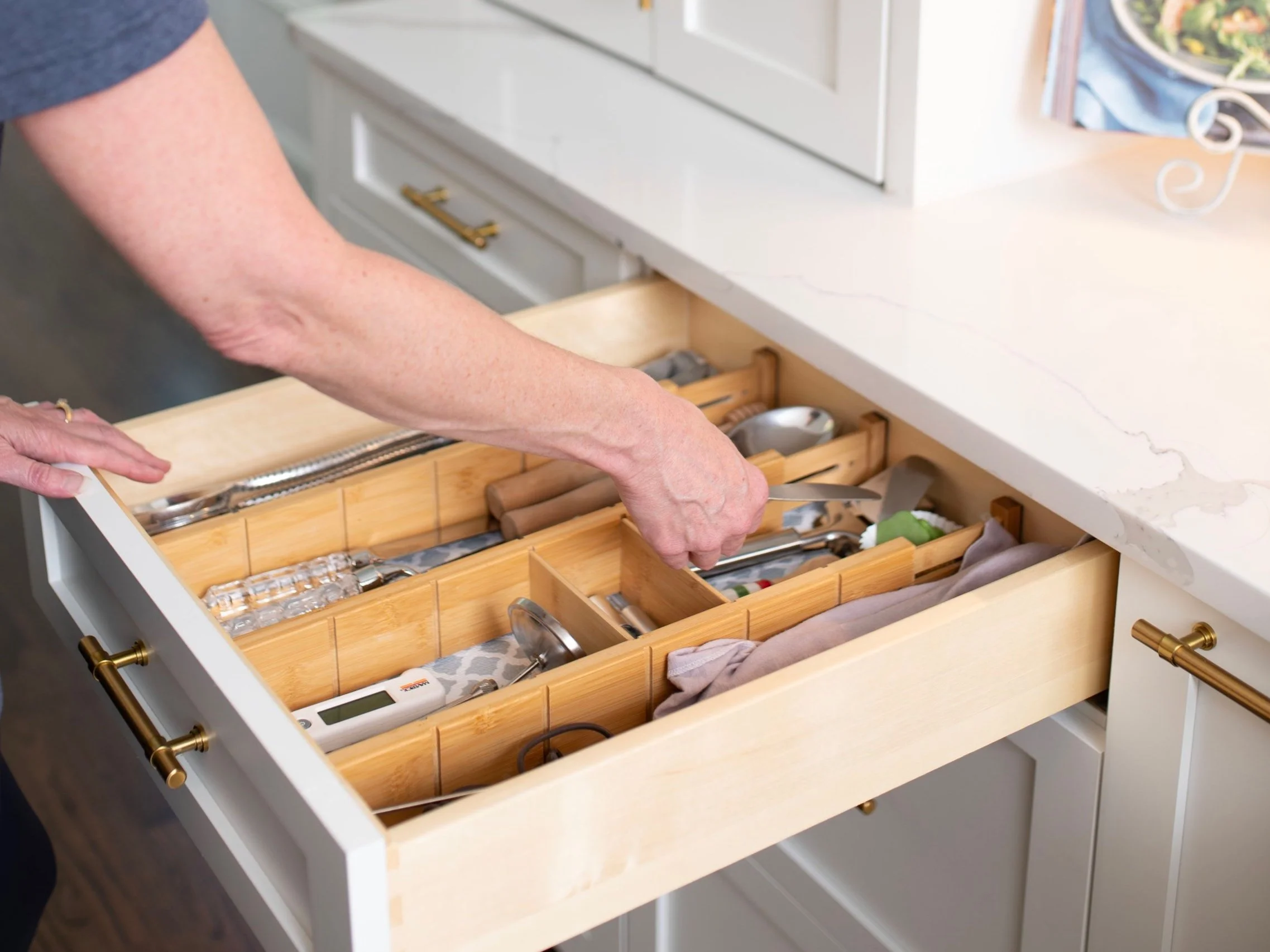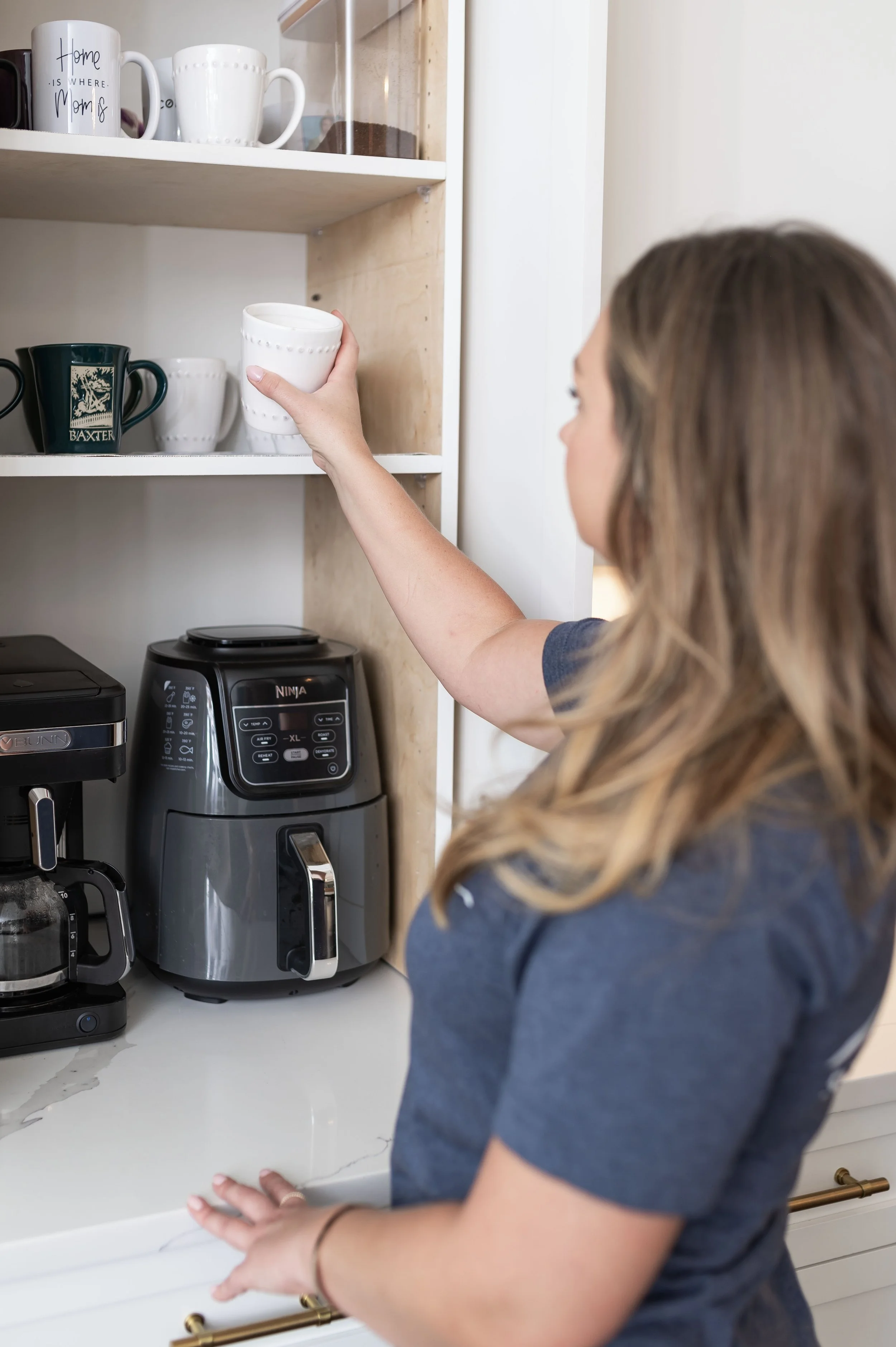The Ultimate Guide to Creating an Organized Kitchen That Saves Time and Reduces Stress
Is your kitchen feeling more chaotic than functional? Do you find yourself digging through cluttered cabinets, struggling to find the right spice, or running out of counter space while cooking? You’re not alone! The kitchen is the heart of the home, but without the right systems in place, it can quickly become a source of frustration.
An organized kitchen isn’t just about aesthetics—it’s about efficiency, saving time, and making meal prep effortless. In this guide, we’ll walk you through the steps to transform your kitchen into a streamlined, stress-free space that works for your lifestyle.
Why Kitchen Organization Matters
A well-organized kitchen:
Saves time – No more searching for lost utensils or ingredients.
Reduces stress – A clutter-free space leads to a clutter-free mind.
Maximizes space – Even small kitchens can feel spacious with the right storage solutions.
Enhances cooking experience – Enjoy a more seamless and enjoyable time in the kitchen.
Ready to create a kitchen that works for you? Let’s dive in!
Step 1: Declutter and Purge
The first step to an organized kitchen is removing what you don’t need.
How to Declutter Your Kitchen Efficiently:
Empty Your Cabinets & Drawers – Take everything out so you can see what you have.
Sort into Categories – Group items into keep, donate, or toss piles. If you haven’t used it in the last year, it’s time to let it go.
Check Expiration Dates – Toss expired spices, pantry items, and old condiments.
Eliminate Duplicates – Do you really need three sets of measuring cups? Keep the best and donate the rest.
Decluttering sets the foundation for a functional, clutter-free kitchen.
Step 2: Optimize Cabinet and Drawer Space
Once you’ve decluttered, it’s time to make the most of your storage areas.
Smart Cabinet Organization Tips:
Use Clear Bins & Containers – These help categorize items and make everything easy to see.
Install Shelf Risers – Double your cabinet space by adding stackable shelves.
Use a Lazy Susan – Perfect for deep cabinets or corner spaces to keep frequently used items accessible.
Adjust Shelving Heights – Customize shelf placement to accommodate taller or bulkier items.
Drawer Organization Must-Haves:
Drawer Dividers – Keep utensils, measuring spoons, and gadgets in order.
Knife Drawer Inserts – Free up counter space by storing knives safely in a drawer.
Spice Drawer Inserts – Arrange spices in a tiered fashion for easy access.
By maximizing storage solutions, you’ll create a kitchen where everything has a designated place.
Step 3: Streamline Your Pantry for Easy Access
A well-organized pantry makes meal planning and grocery shopping a breeze.
How to Organize Your Pantry Like a Pro:
Group Similar Items – Store baking essentials, snacks, canned goods, and dry ingredients together.
Use Matching Storage Containers – Airtight containers keep food fresh and create a uniform, streamlined look.
Label Everything – Labels eliminate guesswork and help maintain organization long-term.
Implement a First-In, First-Out System – Keep newer groceries behind older ones to prevent waste.
A properly organized pantry saves you money and time by preventing duplicate purchases and food waste.
Step 4: Make the Most of Counter Space
Too many appliances and cluttered counters can make your kitchen feel chaotic. Keep only essential items on display.
Countertop Organization Tips:
Use a Tray for Everyday Essentials – A chic tray for oils, salt, and pepper keeps things looking neat.
Store Appliances Strategically – Keep frequently used appliances (like a coffee maker) accessible, and store rarely used ones in cabinets.
Limit Décor Items – Less is more! A clean, clutter-free counter makes cooking more enjoyable.
A minimalist approach to countertops creates an open and inviting space.
Step 5: Create Functional Zones
One of the best ways to maintain an organized kitchen is by setting up designated zones based on function.
Key Kitchen Zones:
Cooking Zone – Store pots, pans, and cooking utensils near the stove for easy access.
Prep Zone – Keep cutting boards, knives, and mixing bowls near your prep space.
Pantry Zone – Organize dry goods and snacks for quick grab-and-go access.
Cleaning Zone – Store dish soap, sponges, and trash bags under the sink for convenience.
Zoning helps create a natural flow in your kitchen, making everyday tasks more efficient.
Step 6: Maintain the Organization with Daily Habits
An organized kitchen isn’t a one-time project—it’s about sustainable systems that are easy to maintain.
Simple Daily Habits to Keep Your Kitchen Organized:
Reset Your Kitchen Nightly – Take 5-10 minutes each evening to put everything back in place.
Wipe Down Counters & Surfaces – A clean space encourages long-term organization.
Do a Weekly Quick Declutter – Get rid of expired items or things that no longer serve you.
Stick to Your Systems – Everything should have a designated home, making it easy to tidy up.
With these habits in place, your kitchen will stay functional and clutter-free for the long haul.
Transform Your Kitchen with Professional Organization
Creating an organized kitchen doesn’t have to be overwhelming—and you don’t have to do it alone! A professional organizer can design customized systems tailored to your space, lifestyle, and needs.
Why Hire a Professional Organizer?
✔ Saves you time – We handle the process from start to finish.
✔ Creates lasting solutions – Our organization systems are designed for long-term success.
✔ Transforms your space – A luxury-level refresh makes your kitchen both beautiful and functional.
If you’re ready to experience the life-changing benefits of an organized kitchen, we’re here to help!
📩 Contact us today to schedule a consultation and take the first step toward a clutter-free, stress-free kitchen.








